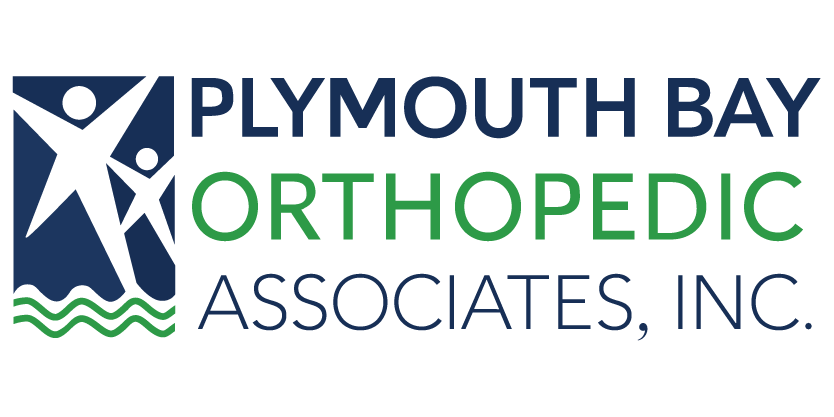Injury to the patella tendon can limit a person’s range of motion, not to mention cause intense discomfort. Fortunately, we at Plymouth Bay Orthopedic Associates are able to correct such an injury by way of patella tendon repair. If you think this procedure may be the answer for you, we encourage you to learn more about it.
What is It?
Patella tendon repair addresses complete tears of the patellar tendon in order to help restore function. Specifically, the process aims to reattach the torn tendon to the kneecap. Patients who opt for surgery very soon after their injury tend to find much success in the option. The operation is customarily succeeded by physical rehabilitation, the early stages in which the surgeon takes care to protect the tendon’s motion.
How Does It Work?
Our surgeon implements small suture anchors to attach the tendon to the bone. These anchors abrogate the need to drill holes within the patella. At this point, the anchors or sutures are then tied atop the kneecap with sufficient care to provide optimal tension in the tendon. This ensures that the patient feels as comfortable as possible during recovery.
If you think patella tendon repair is the right option for you, or simply for further information, feel free to reach out to Plymouth Bay Orthopedic Associates and book an appointment with us! At our offices in Plymouth, Duxbury and Sandwich, our friendly team of compassionate professionals will be happy to assess your situation, explain your options, address any questions or concerns you may have, and help you get on the road to recovery. Contact us today to schedule your consultation!
